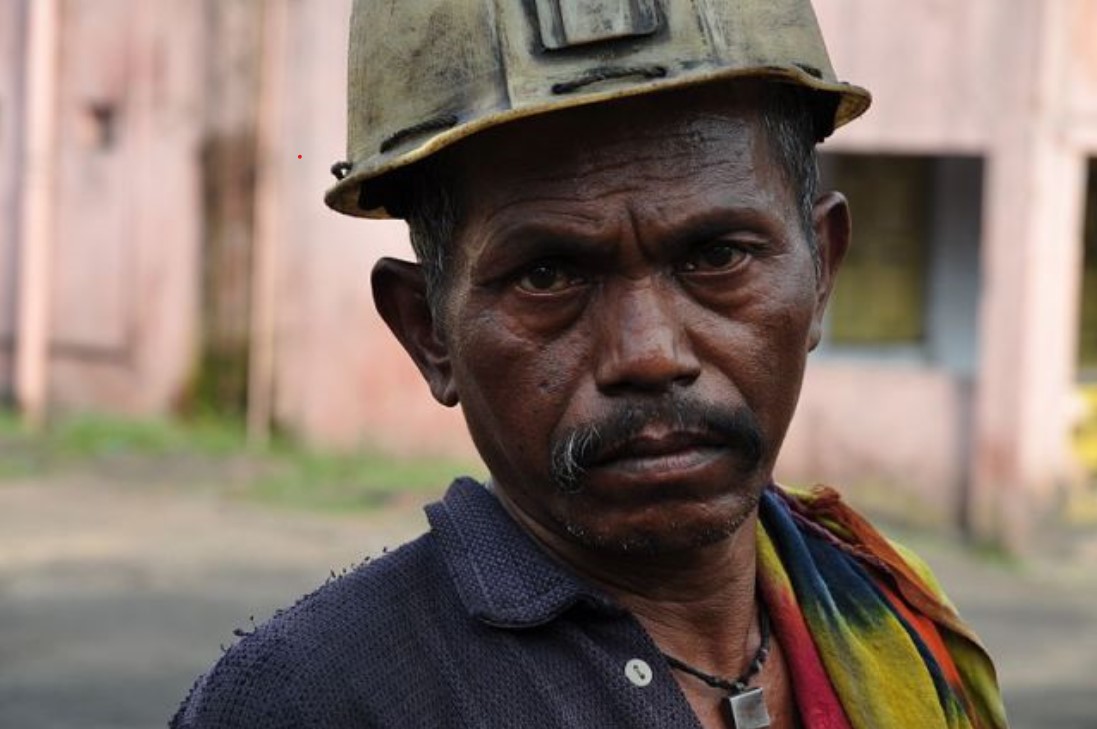
Carbon pricing: you can't keep a good idea down
By Helen Mountford
This article was originally published in the Financial Times.
Helen Mountford is Vice President of Climate and Economics at World Resources Institute and Programme Director of the New Climate Economy.
For example, British Columbia recycles its carbon tax revenues back to households and businesses by reducing other taxes. Most households — particularly low- and middle-income ones — are actually better off than they would be without the carbon tax.
Colombia also launched a carbon tax in 2017, raising $161m in revenues in the first year, helping to fund projects in regions badly hit by civil conflict.
After the global financial crisis, Ireland also introduced a carbon tax levied on use of fossil fuels. At the time, Dublin received financial aid that was dependent on it raising revenue and reducing debt. The carbon tax was crucial to meeting targets for raising state revenues and curbing public debt demanded under the bailout terms set by eurozone partners.
With signs emerging of another global economic slowdown, a mechanism that raises revenues would be a boon to many governments particularly if it also reduces pollution. The chance to phase out other distorting fossil fuel subsidies should also be grasped.
When it is done right, carbon pricing can command broad political support. But to do so, it needs to be accompanied by other policies and spending that support social and development goals, while at the same time supporting a just transition for workers and communities affected by the imposition of such taxes.
This was clearly a problem in France when its attempt to raise fuel taxes in 2018 led to street violence by gilets jaunes protesters. Context is key: carbon pricing can be successfully achieved by directing compensating revenue at low-income households.
Naysayers claim that pricing carbon in one country will cause carbon-intensive industries to relocate, taking jobs and profits with them.
But recent research from the Carbon Pricing Leadership Coalition, endorsed by the International Chamber of Commerce, found little to support such a claim. In fact, the experience of governments that have carbon pricing suggests it can attract new industries.
Carbon pricing is just one tool in the battle to limit climate change — but it is one that is powerful and increasingly mainstream. More countries should adopt a carbon tax. But to do so successfully, they need to engage with the public to decide on its design and how the revenues will be used: to protect peace, help workers, ward off austerity, tackle health threats caused by air pollution and the wider impact of fossil fuels.
A just transition to a prosperous and equitable future is possible — and it starts with taking account of the true cost of pollution to people and the environment that sustains us.






